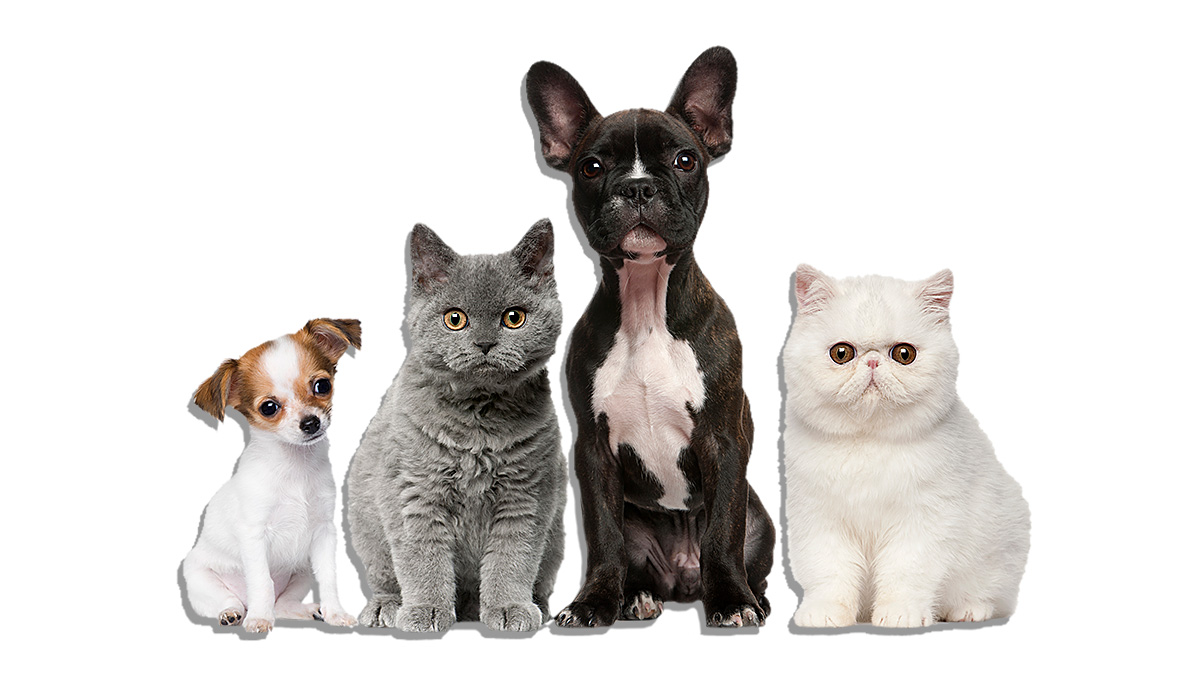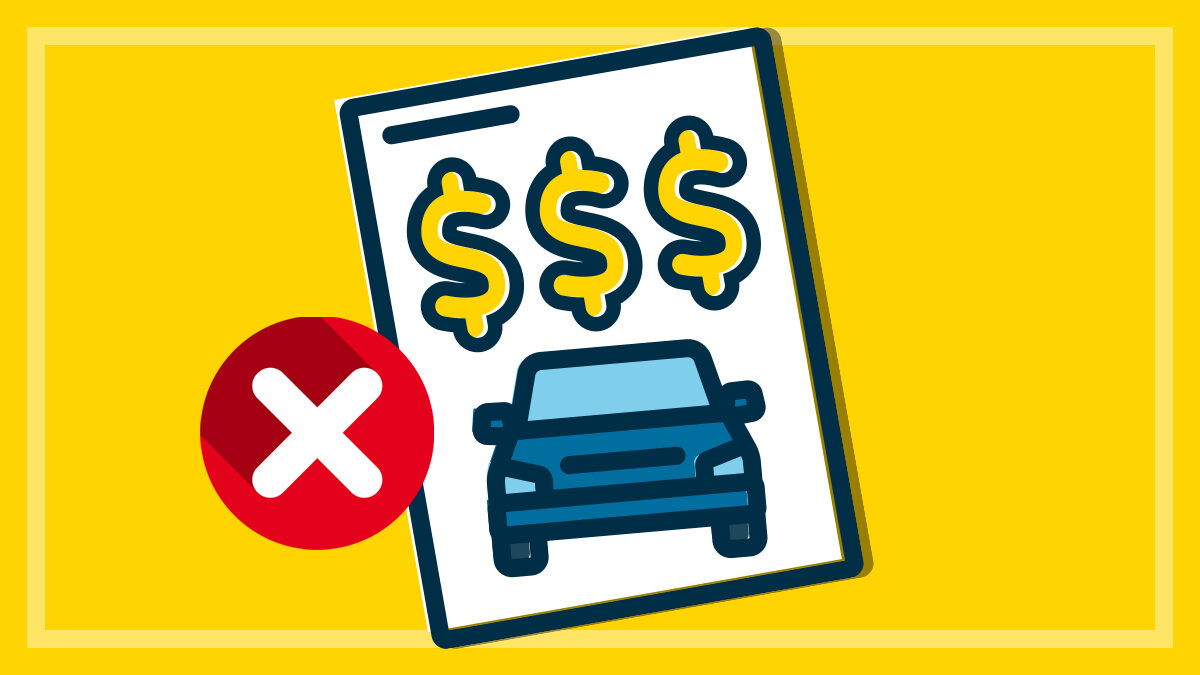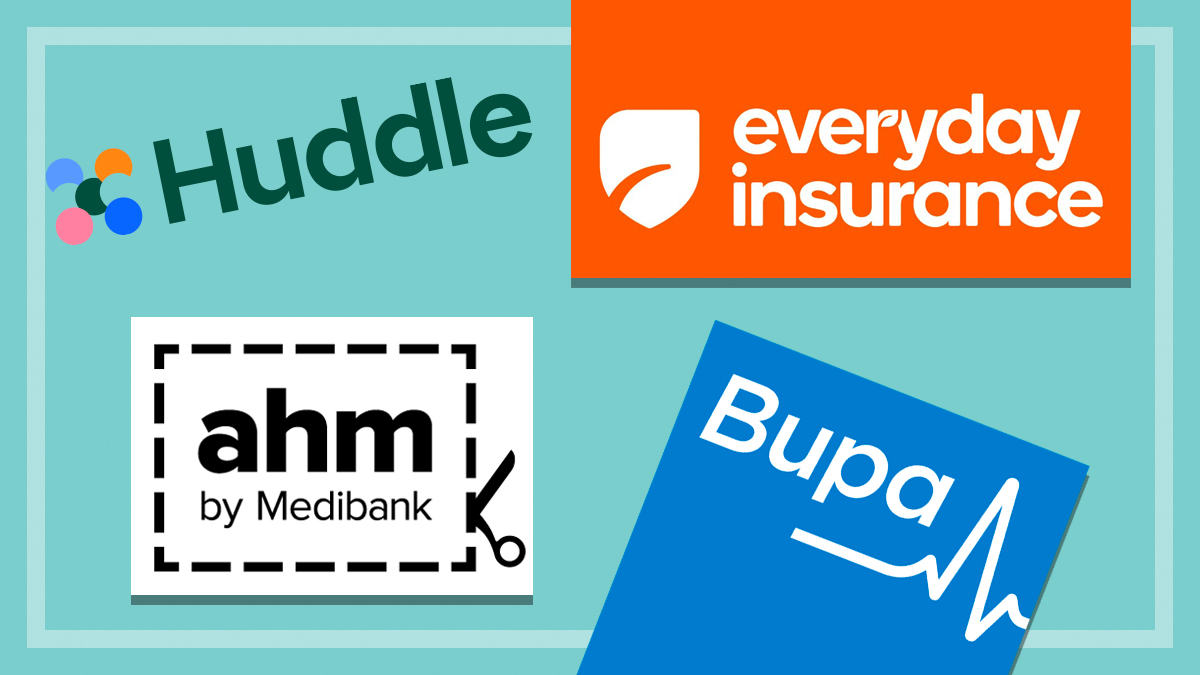The best pet insurance for a cavoodle
We've crunched the numbers to help you choose the best value policy for your pet.
Last updated: 11 Aug 2025
Need to know
- Cavoodles are the most popular dog breed in Australia
- They're most likely to incur vet bills for gastrointestinal illness, skin conditions and ear infections
- We outline how to choose a pet insurance policy for your cavoodle and reveal the best value policies
On this page:
Cavoodles are the most popular dog breed in Australia. They’re cute, gentle, social and hypoallergenic – and many Australians are welcoming them into their families.
Pet insurance can give you peace of mind that you’ll be financially protected should your new family member need pricey vet care. We explore whether taking out pet insurance for your cavoodle is a good idea and crunch the numbers to reveal the best value pet insurance policies for cavoodles.
What is a cavoodle
A cavoodle is a cross between a cavalier King Charles spaniel and a poodle. Although nowadays, they’re so common that they usually have a cavoodle mother and father.
Australians tend to call them cavoodles, but in the US they’re cavapoos. These cute little dogs have a compact face, floppy ears and either a wavy or curly coat, depending on which side of their lineage they take after.
Like most oodles (poodle crosses), cavs are considered hypoallergenic because they hardly shed any fur and produce little dander – although no dog is completely hypoallergenic of course.
What health problems do cavoodles have?
The top three reasons cavoodles visit the vet are skin conditions, ear infections and gastrointestinal illness.
Skin conditions
These include allergies and infections, and about 12% of cavoodles claimed for skin allergies last year according to insurance underwriter Petsure. The average treatment cost for skin conditions in 1–8 year old dogs last year was $657.
Ear infections
The spaniel’s floppy ear, combined with excess hair in the ear canal from the poodle, results in a micro-environment with restricted airflow and high humidity, which leaves cavoodle ears more susceptible to infection. The average cost to treat ear infections in 2024 was $444.
Gastrointestinal illness
Cavoodles are prone to gastrointestinal issues and anal sac disorders. These conditions are seen 25% more frequently in these dogs than in other breeds. The average cost for treating gastro conditions for dogs under eight years was $872.
What else to look for in a pet insurance policy?
While coverage for the most common conditions is key, it’s also important to choose a policy that includes some of the more serious (but less common) conditions that could impact your cavoodle.
Brachycephalic obstructive airway syndrome (BOAS)
Brachycephalic is the term given to dogs with a flat-faced, or snub-nose appearance. Cavalier King Charles spaniels (the ‘cav’ in cavoodle) are a brachycephalic breed, but are not considered extremely brachycephalic like pugs and French bulldogs.
Cavoodles aren’t generally considered brachycephalic (the poodle’s longer muzzle tends to balance things out), but dogs with a shorter muzzle, inherited from the cavalier parent, can be susceptible to BOAS. And cover for this condition is often limited in pet insurance policies.
It’s important to find out about the health history of the parents of your dog if you can, particularly whether they’ve had any breathing difficulties. Make sure your pet insurance covers brachycephalic obstructive airway disorder, in case you’re unlucky.
Mitral valve disease (MVD)
This heart problem is very common in cavalier King Charles spaniels, and is also prevalent in cavoodles, with this breed being twice as likely to develop MVD than other dogs. Early detection is key, and medication is the primary treatment. All pet insurance policies we looked at included cover for heart conditions. Many limit cover for heart surgery, but this condition generally is treated with medication rather than surgery. The average cost for treating MVD in cavalier King Charles spaniels last year was $242.
Do you need pet insurance for a cavoodle?
Cavoodles don’t tend to be associated with as high vet costs as some other dog breeds, which means that premiums to insure them aren’t as high. If you want to protect yourself against unexpected costs, pet insurance is definitely worth considering.
If you do choose to purchase pet insurance, it’s important to start paying for insurance before your pup shows symptoms of any serious illness, otherwise that illness might be declared a pre-existing condition, for which cover is often limited or excluded.
Read more about how to choose a pet insurance policy in our buying guide.
Be aware that often with pet insurance you need to pay upfront for treatment before claiming it back from your insurer. This means that you may need thousands of dollars handy if your pet requires complex treatment. If this is likely to be difficult for you, check with your vet to see whether they have agreements with any insurers that allow you to claim on the spot so you only have to pay the gap.
What about self-insurance?
Sometimes self-insurance can work out cheaper in the long run – that’s when you save up or invest what you would otherwise pay in insurance premiums and use this to fund your pet’s treatment. The beauty of self insurance is that there are zero restrictions on what you can spend these savings on. Given that this breed doesn’t usually rack up particularly high bills at the vet, this could be a good option. But remember that this only works when your treatment costs are lower than the balance of your savings, so it’s still a risky proposition
How much does pet insurance for a cavoodle cost?
On average, premiums for a three-month-old cavoodle are $58 per month, and $72 for a three-year-old.
We analysed 16 different pet insurance brands to find the policies that provide a good level of cover for cavoodles.
We looked for over $20,000 of cover per annum with at least an 80% benefit, making sure these policies include cover for skin conditions, gastrointestinal illness, ear infections, MVD medications and BOAS.
What is the best pet insurance for cavoodles?
Below, we reveal the best value pet insurance policies for cavoodles. Log in to unlock this members-only content, or join CHOICE to get instant access to all of our expert, independent reviews.
These policies include cover for skin and gastrointestinal conditions, ear infections, medications for MVD and BOAS, and an annual benefit limit of at least $20,000, but make sure you read the PDS to understand the limitations of this cover before purchasing a policy.
Related
Jane Bardell is a Content producer in the Insurance and utilities team. She writes about home, car, pet and health insurance. Previously at CHOICE, she checked facts, figures and statistics as a Verifier with the Editorial and investigations team.
Jane has a Bachelor of Science from the University of New South Wales.
Find Jane on LinkedIn.
Jane Bardell is a Content producer in the Insurance and utilities team. She writes about home, car, pet and health insurance. Previously at CHOICE, she checked facts, figures and statistics as a Verifier with the Editorial and investigations team.
Jane has a Bachelor of Science from the University of New South Wales.
Find Jane on LinkedIn.







